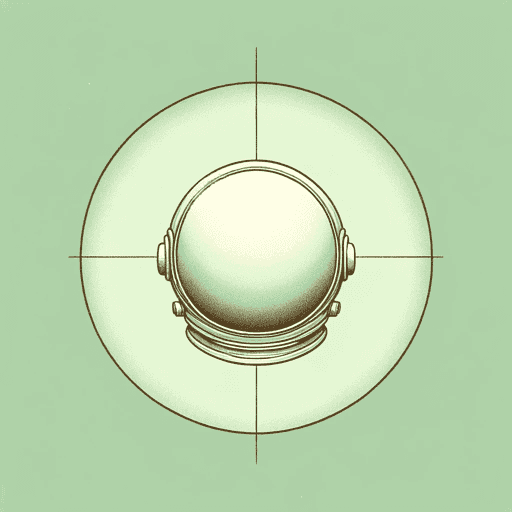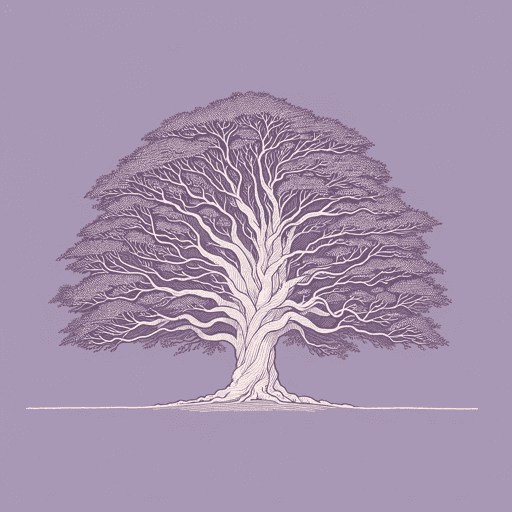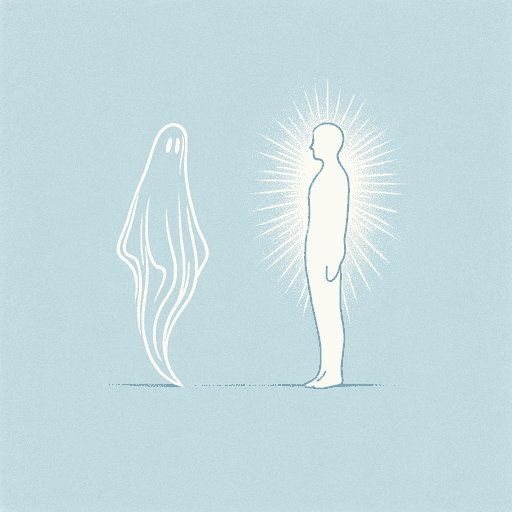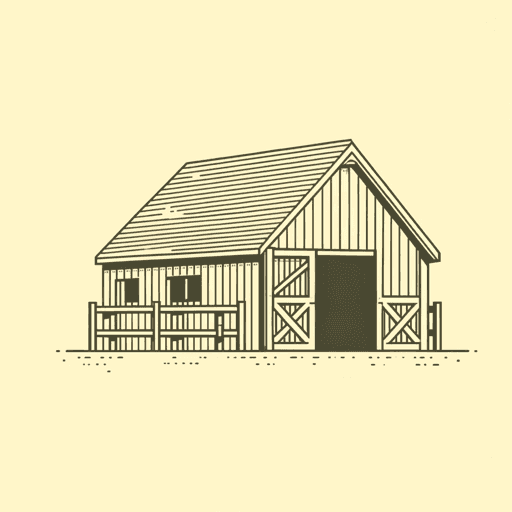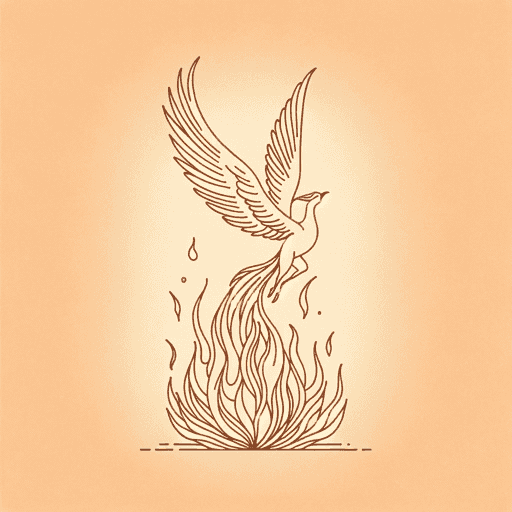29 pages • 58 minutes read
The Abolition of Man
A modern alternative to SparkNotes and CliffsNotes, SuperSummary offers high-quality Study Guides with detailed chapter summaries and analysis of major themes, characters, and more.
Chapter 1Chapter Summaries & Analyses
Chapter 1 Summary: “Men Without Chests”
Lewis declares that elementary school textbooks are a good barometer of the state of education. As an example, he cites a recently published English composition book for elementary school children. Lewis refers to the book as The Green Book and its authors as “Gaius” and “Titius” because he does not want to hurt reputations, but at the same time, he feels compelled to point out what he views as the harmful philosophy inherent in the work.
Lewis quotes a passage from the book in which the authors allude to a story about the Romantic poet Samuel Taylor Coleridge. Coleridge endorsed the view that a waterfall is sublime and rejected with disgust the view that it is merely pretty. Gaius and Titius take the opposite side to Coleridge; they claim that someone who says a waterfall is sublime is “not making a remark about the waterfall” but making “a remark about his own feelings” (2). Gaius and Titius use Coleridge’s observation as an example of bad writing which students should avoid.
For Lewis, this “momentous little paragraph” (3) reveals the authors’ hidden philosophical agenda. Lewis argues that the qualities people ascribe to things are not merely projections of their own feelings.



Related Titles
By C. S. Lewis




